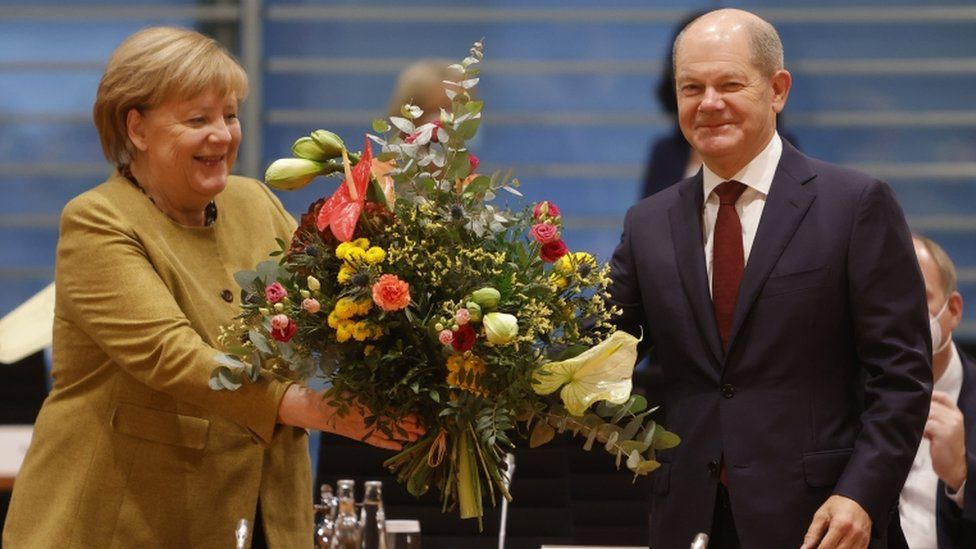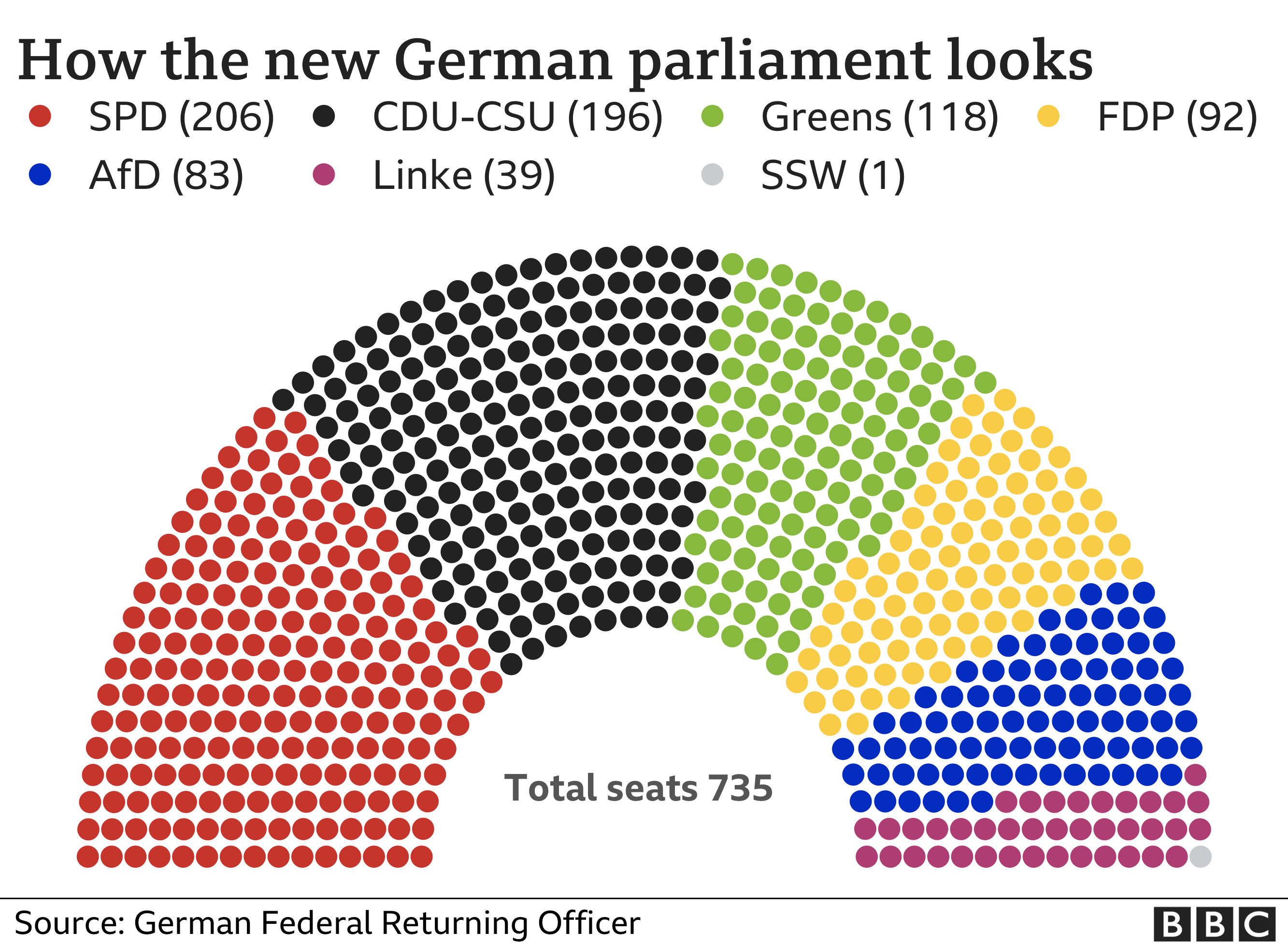
Hydrogen as a climate solution is generating a lot of excitement right now. Approximately $10 billion worth of hydrogen projects are being announced each month, based on activity over the past six months. Policy packages such as the recent Inflation Reduction Act in the United States and the Green Deal Industrial Plan in Europe support hydrogen production and use. According to McKinsey research, demand is projected to grow four- to sixfold by 2050. Hydrogen has the potential to cut annual global emission2050s by up to 20 percent by 2050.
Today, most hydrogen is produced with fossil fuels. This type is commonly known as grey hydrogen, which is used mostly for oil and gas refining and ammonia production as an input to fertilizer. To maximize hydrogen’s potential as a decarbonization tool, clean hydrogen production must be scaled up. One variety of clean hydrogen is known as green hydrogen, which can be made with renewables instead of fossil fuels. Another variety, often called blue hydrogen, can be produced with fossil fuels combined with measures to significantly lower emissions, such as carbon capture, utilization, and storage. Clean hydrogen has the potential to decarbonize industries including aviation, fertilizer, long-haul trucking, maritime shipping, refining, and steel.
Total planned production for clean hydrogen by 2030 stands at 38 million metric tons annually—a figure that has more than quadrupled since 2020—but there is a long way to go to meet future demand. According to McKinsey analysis, demand for clean hydrogen could grow to between 400 million and 600 million metric tons a year by 2050.
To scale clean hydrogen, three things must happen. First, production costs need to come down so that hydrogen can compete on price with other fuels. One way to keep costs down is by producing hydrogen in locations with abundant, cheaper renewable energy—where the wind blows or the sun shines. While renewables development has accelerated in recent years, a lack of available land could become an issue for the deployment of renewables and could limit location options for green-hydrogen producers. Constructing plants for both renewable generation and green-hydrogen production has become more expensive recently because of increased material and labor costs and constrained supply chains.
“Approximately $10 billion worth of hydrogen projects are being announced each month, based on activity over the past six months.”
Second, building up infrastructure, particularly for transportation of hydrogen, will be key. The most efficient way to transport hydrogen is through pipelines, but these largely need to be built or repurposed from current gas infrastructure. Investment is critical in this and other areas across the value chain, including electrolyzer capacity (electrolyzers use electricity to produce green hydrogen) and hydrogen refueling stations for hydrogen-powered trucks.
Third, more investments will be needed to help advance this solution. Our work with the Hydrogen Council, a CEO-led group with members from more than 140 companies, has shown that achieving a pathway to net zero would require $700 billion in investments by 2030. Despite the recent momentum, McKinsey research last year showed a $460 billion investment gap. Additionally, many announced projects still need to clear key hurdles before they can scale. Producers of clean hydrogen, for example, are looking to address the commercial side of investment risk by solidifying future demand, often in the form of purchase agreements.
A set of actions can help accelerate the hydrogen opportunity, to realize its decarbonization potential and the growth opportunity for businesses. Progress will likely require collaboration among policy makers, industries, and investors. Policy makers can continue supporting the hydrogen economy through measures such as production tax credits or by setting uptake targets. These actions should help boost private investors’ confidence in the future markets for hydrogen and hydrogen-based products. Industry can increase capacities, such as by ramping up production of electrolyzers, and build partnerships through the value chain. Investors can help industry by structuring and financing new ventures, as well as by developing standards for how hydrogen projects can be assessed and how risks can be managed.
As the energy transition unfolds, hydrogen will increasingly be a consideration for both businesses and governments. While the challenges to scaling hydrogen are real, so are the opportunities.
Source McKinsey & Company



